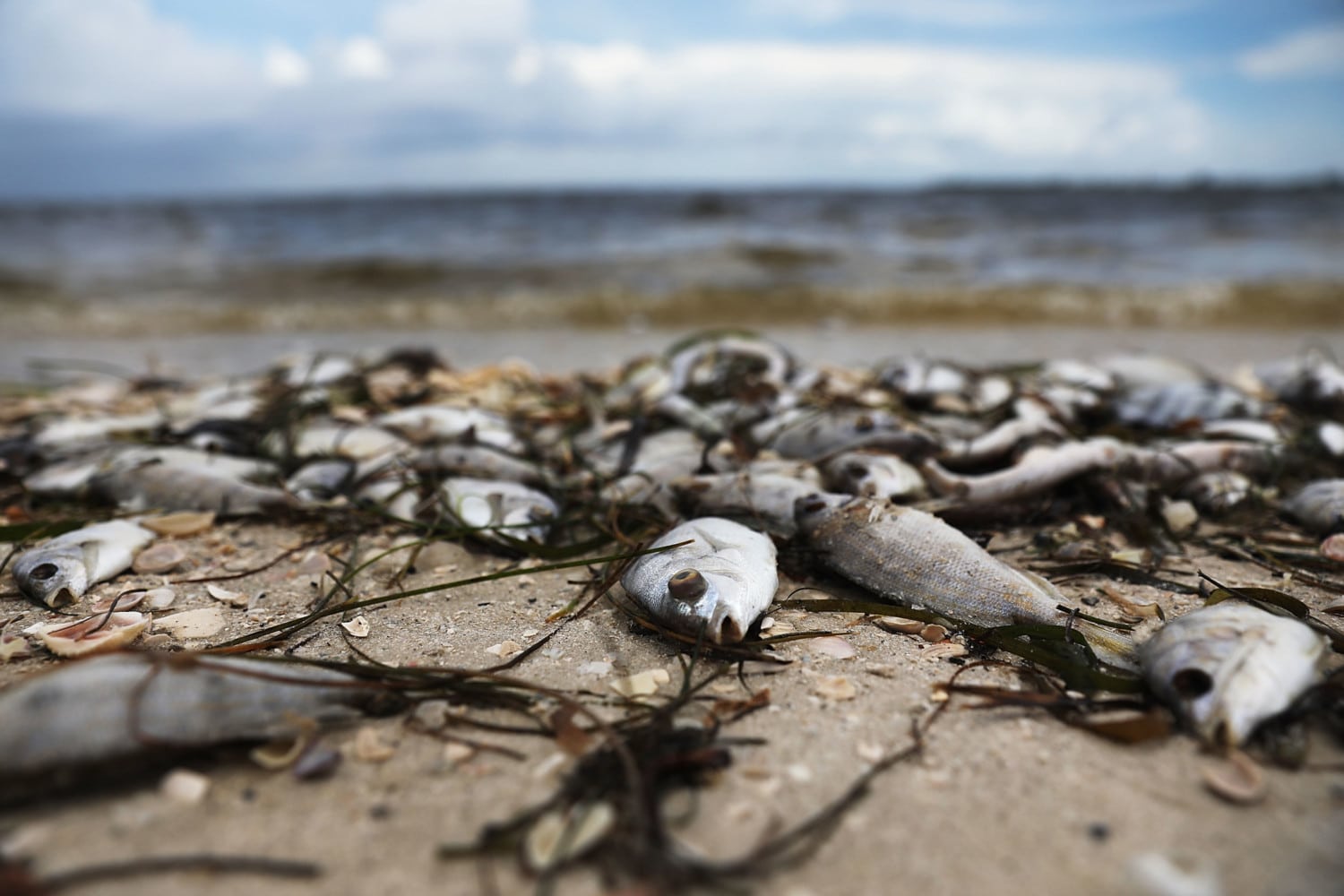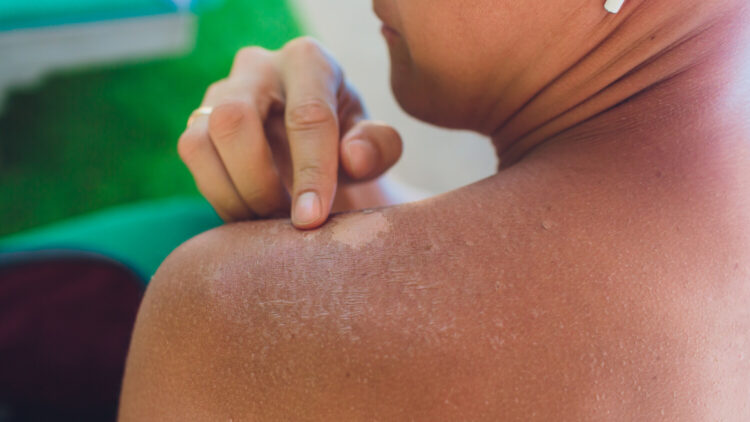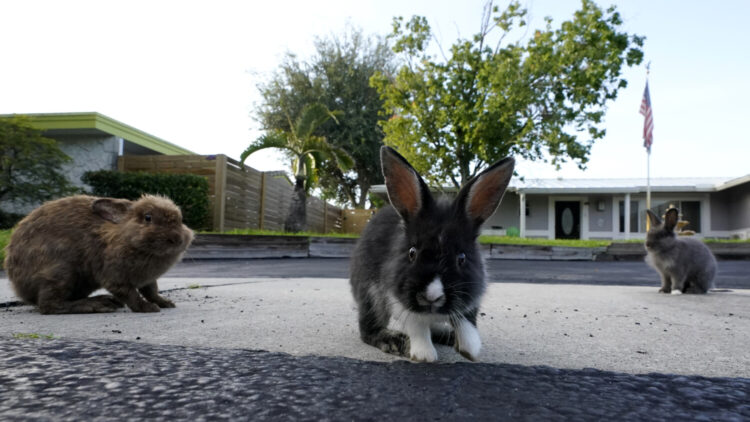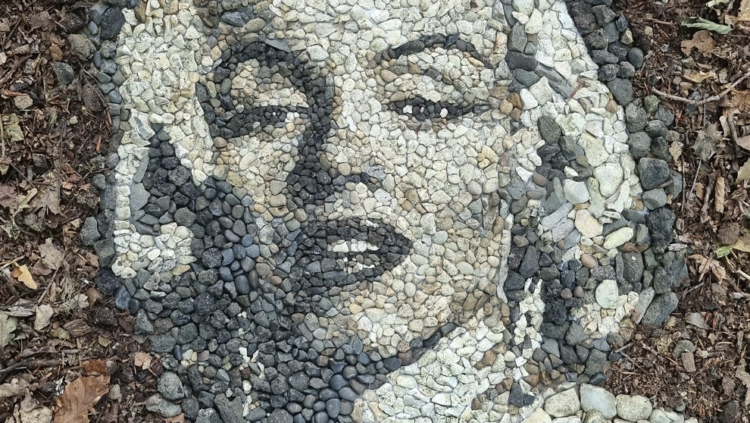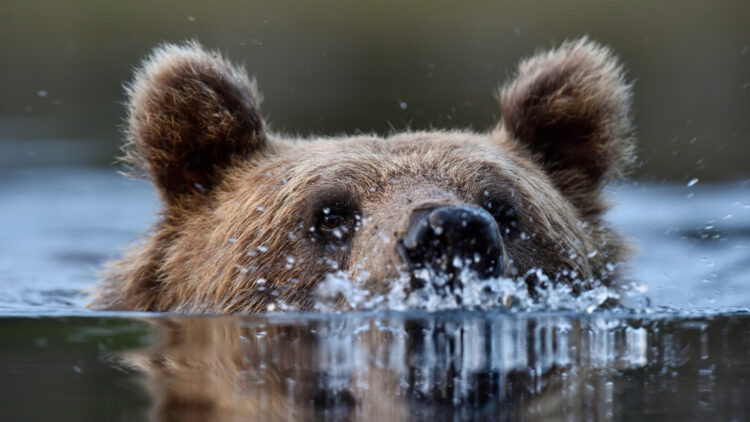What You Need To Know About The Toxic Red Tide That’s Making People Sick And Killing Animals In Florida
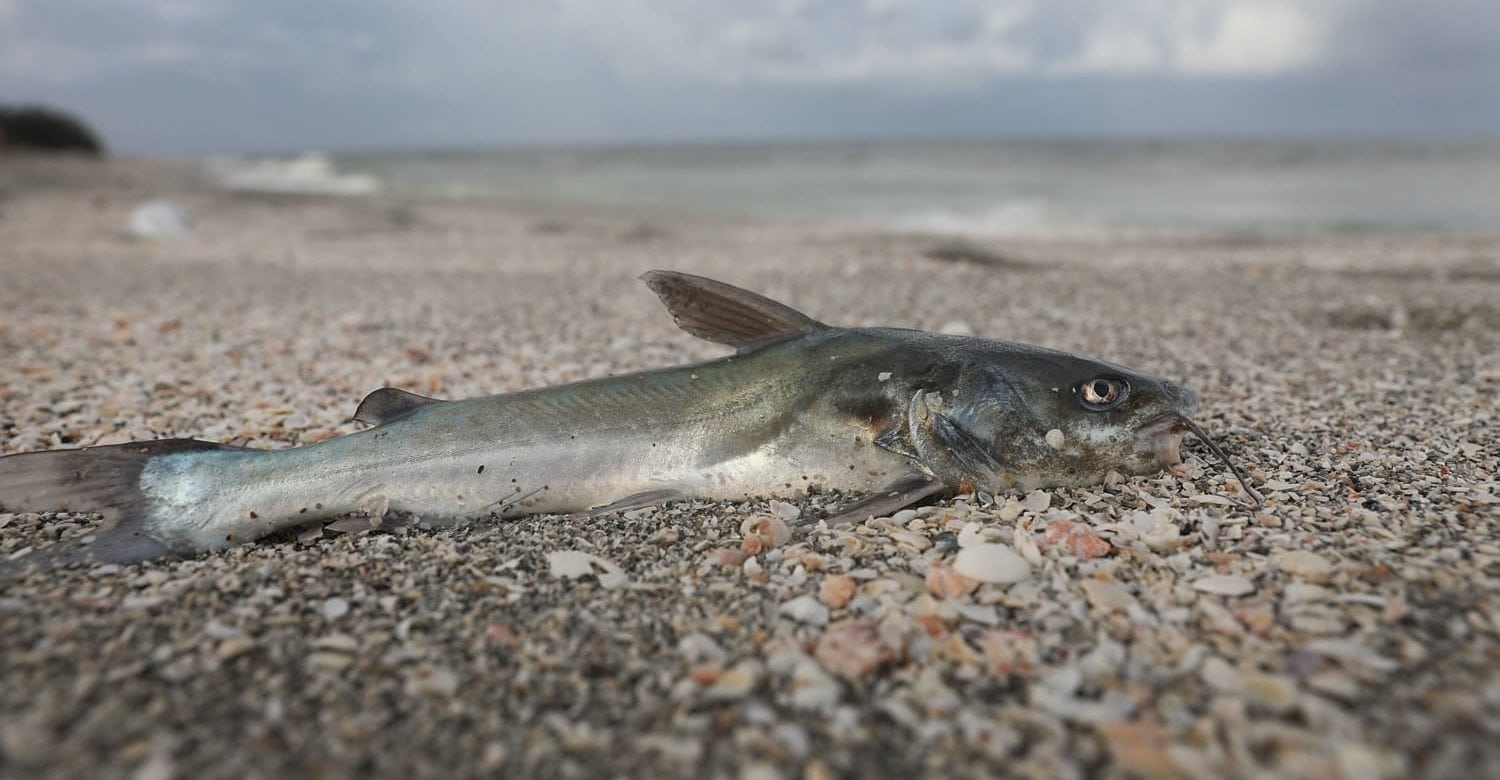
When you think of Florida, picturesque white-sand beaches probably come to mind. But this year has been a difficult one for the typically stunning Florida coast. A red tide — a toxic plume of Karenia brevis algae — has plagued more than 100 miles of coastline since October, leaving thousands of sea creatures dead, hurting the tourism industry and causing Florida’s governor to declare a state of emergency.
Wildlife of all types, from fish to crabs and manatees, dolphins and turtles, have been sickened or killed by the toxic algae. National Geographic reported that since the beginning of the year, at least 8o manatees, hundreds of sea turtles and even a 26-foot-long whale shark, found on Sanibel Island, have washed ashore. And the red tide is killing fish by the thousands.
The K. brevis algae is so deadly because it produces a toxin that hits the central nervous system of animals that accidentally ingest it during a red tide event. And it’s not just fish — the Mote Marine Laboratory says the toxin also affects animals and birds that live by the sea.
The algae bloom has also caused respiratory issues for people in affected counties.
According to the Florida Department of Health, “Symptoms from breathing red tide toxins usually include coughing, sneezing and teary eyes,” and that “most people can swim in red tide, but it can cause skin irritation and burning eyes.” People with chronic respiratory issues should avoid red tides.
Scientists are still trying to understand what causes red tides — and when this one might finally go away.
“It’s not an easy thing to explain, and it’s not a cut-and-dry answer,” Michelle Kerr, spokeswoman for the Florida Fish and Wildlife Conservation Commission told the News-Press. “Red tide relies on a variety of different factors, kind of like a perfect storm. It’s very dependent on the strength and direction of winds and currents, and red tide can also feed off nutrients and runoff from land.”
Some scientists think last year’s Hurricane Irma may have something to do with this bloom, as it could have been the driving force behind nutrient-rich runoff flooding into the gulf. Others believe that human-made nutrients that are increasing the algal blooms. When asked whether Florida’s red tides are natural or human-caused, Donald Anderson, director of the U.S. National Office for Harmful Algal Blooms, told National Geographic, “The answer is probably some of both.”
People are banding together to clean beaches of fish kill. Holmes Beach, near Tampa, is one area that’s asking for volunteers to help.
Over the weekend, residents of the areas hardest hit by the red tide organized an event called Hands Across the Water to raise awareness about what the toxic tide is doing to the marine wildlife in their communities. Many of them took to social media to post about the event:
https://www.instagram.com/p/BmY9UIMh2qj/
Unfortunately, it seems unlikely that the red tide will let up any time soon.
“We’re going to have it for a lot longer,” Jim Beever, planner and climate expert at the Southwest Florida Regional Planning Council, told News-Press. “I don’t think you’re going to see much of an end to this until we get into the dry season. And it will be a combination of a lack of nutrients delivery (when summer rains stop) to feed it and, with luck, the water cooling.”
In the meantime, government officials are warning southwest Florida residents and visitors to steer clear of beaches and waterways.


